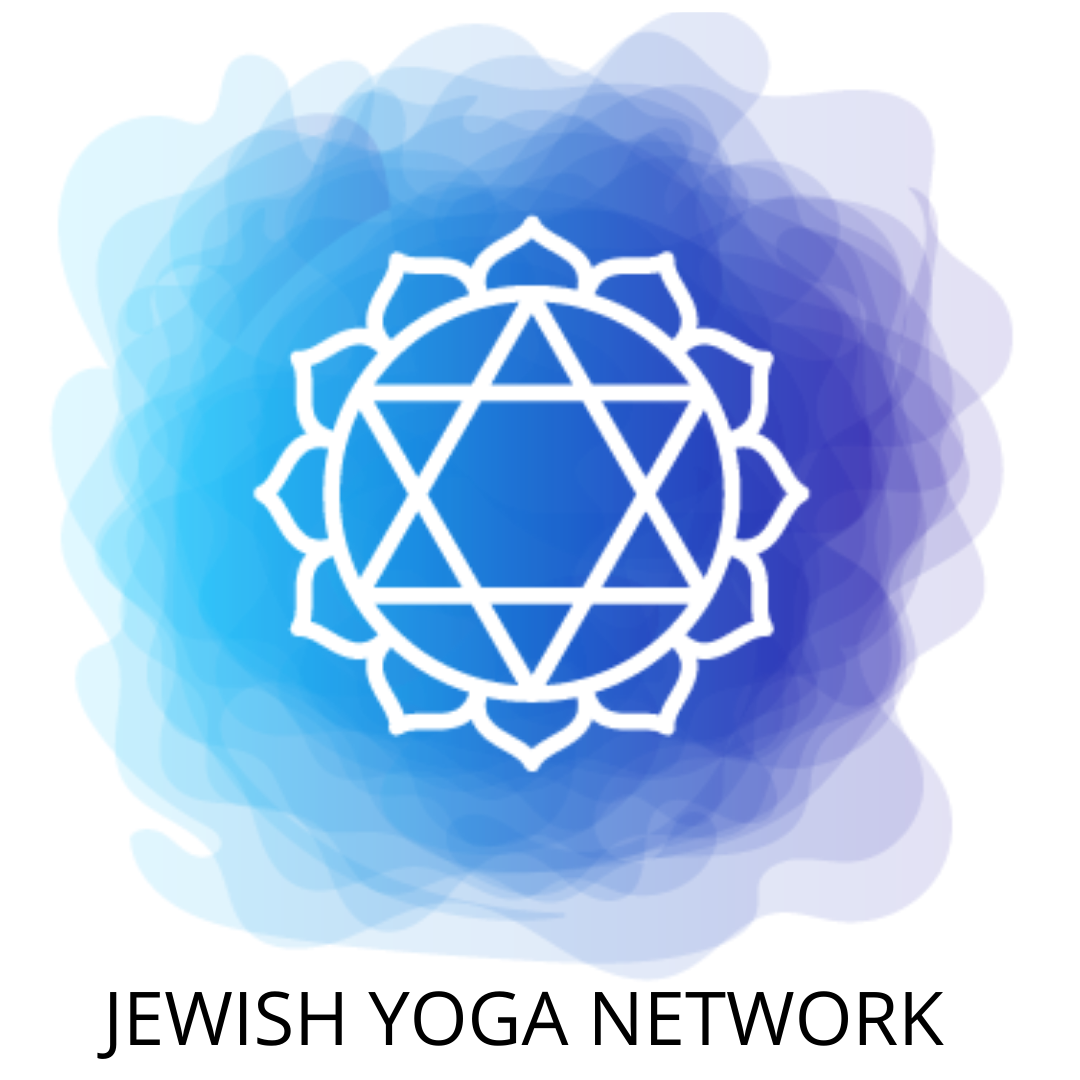Emunah and Yoga
The author of “Hovot ha-Levavot” wrote that peace of mind is one of the benefits (in this world) of “emunah” — “faith;” trusting G-d.
I wonder if the Besht, or later Hasidic teachers, talk of “mochin d’gadlut” — “expanded awareness” — as also having the feature of greater peace?
Patanjali, in the classic text “The Yoga Sutras,” said that Yoga is “the restraint of the modifications of consciousness [chit].” [1] One translator expressed it in Hebrew as יוגה היא השקטת הפעילות המנטלית — “Yoga is the quieting of mental activity” — i.e. peace of mind. [2] All the practices of Yoga are about gradually reaching this goal.
Further, especially in the experience of those who meditate, inner peace is far beyond ordinary “calmness.” It’s an actual, palpable inner silence. It’s a quality of the higher Self, the higher level of what we are, that can never be found on the “thinking” or “feeling” level of the mind (which isn’t to say that we can’t — and shouldn’t — make the attempt to conduct our lives with more, rather than less, calmness).
Are the two traditions really talking about something different?
I don’t think so.
Patanjali is teaching us: the “peace of mind” that’s the goal of human spiritual growth is an inner quietness unique to itself. In it, there are no “modifications of mindstuff” — no anger, no worry, no fear, no hatred, no envy; no needless exultation at success, no morbid sadness at defeat; “even-minded in pleasure and pain.” It might sound like a state of no feeling at all, but it’s the most dynamic state of all — a state in which all outer conditions and inner feelings are experienced, even enjoyed, without the mind, the self, being disturbed or “rocked” by any of it.
From him, we can learn that this characterizes — or should characterize — “emunah,” as well. Just as the Besht says: it’s all the same to him whether the world praises or curses him.
This “peace” is one higher meaning of G-d’s “midat Hesed” — G-d’s “Love.”
Our ordinary “ups and downs” take place within G-d’s “midat G’vurah” — G-d’s “Power;” G-d’s “Judgment.” Simply (perhaps over-simply) put — if we do well, we’re rewarded and happy; if we don’t do well, we receive negative consequences and unhappiness.
But G-d’s “midat Hesed” — which is always available to us, even when we’ve been seriously wrong — is unchanging, calming peace; inner silence; inner Light. We experience it to varying degrees, especially in prayer and/or meditation. Simply “feeling better” after a religious service or doing some other mitzvah, even if we don’t think we’ve had a deep inner “realization,” is one indicator that something has happened to us spontaneously that was not merely a product of rational thought.
We need never look for G-d’s “midat Hesed.” We need only remind ourselves that it’s here with us now — whoever we are, wherever we are, whatever we’ve done. Then — turn to it; let go of any problem; any turbulence. Know that G-d’s Hesed surrounds and fills us; it’s what we are.
But what Patanjali also teaches us — and what’s implied by all the mitzvot — is that we shouldn’t be doing this only during formal religious observances. It should be a way of life for us at every moment; in every situation.
“Ad-nai li, v’lo irah” — G-d is mine; I have no fear — says “Adon Olam.”
Because in G-d’s midat Hesed, fear doesn’t even exist.
_____________________________________________________
[1] see: https://rabbielimallon.wordpress.com/2011/10/06/10-6-11-yom-kippur-and-yoga/
[2] Orit Sen Gupta, translator. This Hebrew translation of Patanjali’s “Yoga Sutras” 1:2 can be viewed at:
http://oyd11.livejournal.com/58187.html
